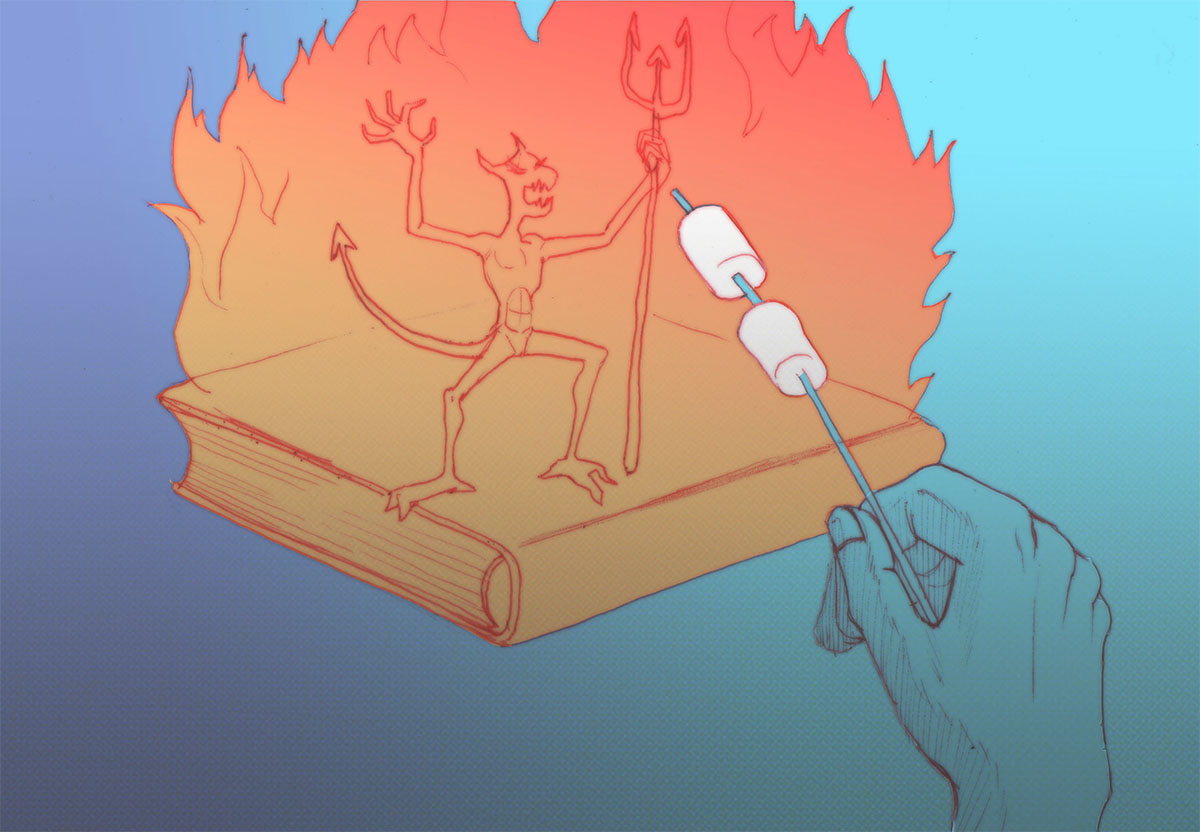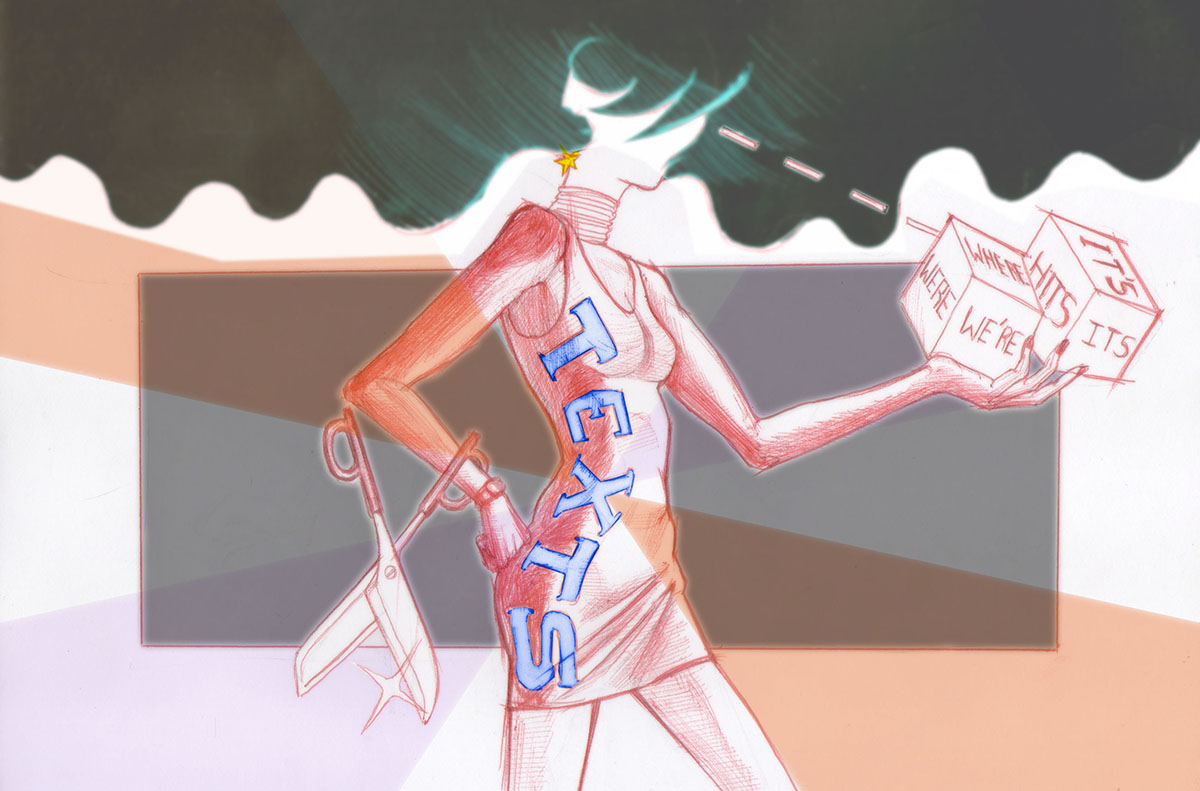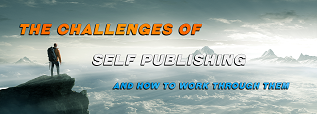
The Anatomy of a Blurb That Actually Improves Book Sales
A book blurb is not just a casual snippet of text meant to decorate the book cover; it’s a strategic tool that will effectively sell books.
Some people call it “book description” while others prefer the term “book blurb”; whatever your preferred choice of words may be, you should realize this is a key consideration in successful self-publishing.
If you dismiss its importance and write your book blurb as a mere afterthought, you will likely undermine both your authorial and editorial efforts.
There is no easier way to improve the sales of a book – all other things remaining equal – that to write a powerful book blurb that makes readers want to take your book home.
This is relatively simple to do when you embrace the right mindset and understand the workings of a book description that effectively improves sales.
The role of the book cover is drawing the attention of readers; the role of the blurb is to convert that attention into interest, then spark the desire to take action and buy the book.
The best way to catch the attention of readers is by opening with an extremely appealing sentence (the hook); the best way to turn that attention into interest is by elaborating on it in an intriguing way – then finish with a twist that makes them want to keep reading the whole thing.
Let’s break it up step by step, and see the elements that should be in place to conjure an amazing book blurb that effectively sells books.
0 – Open with a magnetic sentence that hooks the attention of readers.
The essence of a great book blurb will be revealed in its very first sentence; this is affectionately known as “the hook”.
It’s your main chance – and often the only real opportunity – to spark the mental chain reaction that will convert a random person who happens to pick up your book… into a paying client that can’t wait to get home and finish reading what you wrote.
A good first sentence is often all it takes to attract the attention of a passer-by and succeed in getting your proverbial foot in the door leading to their heart. Here’s an example from a very popular book that millions of people hold dearly:
Seconds before the Earth is demolished to make way for a galactic freeway…
(“Douglas Adams”)
This clause holds tremendous power, and it magnetically compels the reader to read the rest of the blurb. Try to come up with something provoking, and you’ll be off to a great start!
It’s actually useful if you regard the hook as separate from the rest of the book blurb… think of it as a lead-in to the actual blurb. You need to craft it even more meticulously than the book description, to achieve the best possible effect. This initial sentence (or clause) is akin to a literary slogan – something that stands for all your literary brand is about.
Once you’ve established a strong hook, you’ll find it much easier to handle the specific phrasing for the book description.
You can actually get creative – and you should – but no matter how you weave your book blurb together, you want to make sure it features five key elements: the 5W’s of information gathering.
These elements don’t have to present in any particular order, but they are invariably the pillars behind every successful book blurb: WHO, WHAT, WHEN, WHERE, and WHY.
1W – Introduce WHO the book is about, and point out why they’re relevant.
People love learning about other people. Storytelling is deeply hard-wired into our human make-up, and every story involves protagonists: the central characters around whom the narrative unfolds.
As such, your blurb will invariably have to present the main characters in a way that seems interesting and relevant to the subject matter. It’s worth noting the WHO and WHAT often go hand in hand, like in this example:
Moby Dick is the story of Captain Ahab’s quest to avenge the whale that ‘reaped’ his leg.
(Herman Melville)
Even if you’re writing a non-fiction book, there will always be a WHO quintessentially involved in the workings of your masterpiece – in this case, it will usually be the specialist writing your book (you), along with all their accreditation, awards, uniqueness, or anything else that makes the author the person they are.
You may find it interesting to notice that fiction books from unknown authors tend to centre the blurb around the protagonists of the fictional story, while non-fiction and technical books will focus on clarifying who is the author in order to convey credibility.
However, there’s an exception to this rule: should an author of fiction proceed to make a name for themselves… it won’t be long until later editions of that same book will feature a revised blurb that references the author.
When you establish WHO the author and/or the central characters are, this will typically flow into explaining WHAT the book is about.
There is an important trick to keep in mind if you hope to strike a chord with your audience while making this transition.
2W – Explain WHAT the book is about in a way that resonates with readers.
Once you’ve established WHO the key characters are (or who you are, in you’re writing non-fiction), you’ll naturally find yourself writing WHAT the characters (or yourself) are setting out to achieve in the book.
There is, however, an important trick that you should rely on to make a compelling presentation. In bridging the gap between the WHO and WHAT, you must find a way of doing so that implicitly resonates with your perceived audience; like in this famous example:
Bastian Balthazar Bux is shy, awkward, and certainly not heroic. His only escape is reading books.
(Michael Ende)
While explaining WHAT the story is about, this well-known book blurb points out something about the unlikely protagonist that many fantasy readers will likely resonate with — “his only escape is reading books”.
This type of approach is very effective exactly because it’s so relatable. If you want to achieve a similar effect, find a way to express what your book is about in a way that will trigger emotions in your readers.
Don’t settle for just mention what happens in your book; write your book description around WHAT you’re truly trying to get across to your readers on a deep level.
A simple and straightforward way to achieve this would be to simply point out the genre of your book, although finding a more creative and unique angle will likely build upon your self-publishing success.
To make people interested in what you have to say, a useful shortcut is to suggest that your message is aligned with their values.
This will always work better when done implicitly rather than explicitly, otherwise it will come across as manipulative.
If the example above, if the book description for “The Neverending Story” pointed out “His only escape is reading books… just like you” it would likely not be as positively striking, and might even come across as offensive to its readers at the time.
3W – Point out the context by explaining WHEN the book’s purpose originated.
Writing an effective book blurb is a balancing act between saying just enough and being as succinct as possible. You have to be nimble to consider self-publishing!
At some point in this balancing act of writing a compelling book description, you will have to specify WHEN the main conflict was set-off – or otherwise introduce an element of tension that makes people want to know more.
No matter WHO or WHAT your book is about – to present its contents clearly to your potential readers, you will have to establish the timeline or the chain of events WHEN the narrative takes place:
When Winston finds love with Julia, he discovers that life does not have to be dull and deadening, and awakens to new possibilities.
(George Orwell)
As you can see, this is not necessarily about clarifying the time in which the book’s events take place, but rather about pointing out when something unexpected happened that proved crucial to driving the story forward.
When you’re self-publishing a non-fiction book, it will usually be expressed in your book description as a life stage or event that prompted you to write the book.
The WHEN and WHERE are very different aspects that often blur together, very much like the WHO and WHAT.
So you’ll find yourself mixing these pairs often – while devising the perfect book description that will allow you to make a living from your self-publishing efforts.
4W – Aim to express exactly WHERE the essence of your book is to be found.
Whenever you find yourself trying to weave the WHERE into your book blurb, what you’ll usually be trying to convey is the point you’re trying to put across with your book – as contrasted to the WHEN which stands for your motivation.
If you’re self-publishing your book, you could mention WHERE you wrote it… and that might resonate with a few people from the same region.
However, if you focus on expressing WHERE you figuratively came from, and WHERE you’re trying to bring the attention of readers, it will make for a broader appeal.
Rather than pointing out you wrote your book in a wood cabin, it could be more impacting to point out where you were really hoping to make a difference:
Walden is an account of the two years during which Henry David Thoreau built his own cabin, raised his own food, and lived a life of simplicity in the woods near Concord, Massachusetts. Thoreau’s idea was that one’s true self could be lost amid the distractions of ordinary life.
(Henry David Thoreau)
In this example, the literal WHERE (near Concord, Massachusetts) is not nearly as important as the figurative WHERE (that one’s true self could be lost amid the distractions of ordinary life).
Expressing WHERE the essence of your book is to be found is not always something that can be done in a straightforward manner.
This is more about pointing out the essence of the story, rather than explaining where the action takes place (although the location will usually be mentioned). As such, the WHERE can sometimes be written between the lines rather than explicitly pointed out.
There is one final aspect where you will have to be as explicit as possible…
5W – Finish by pointing out WHY the reader should immediately buy your book.
In self-publishing as in life, every end is a new beginning. The last sentence of your book blurb is just as important as the first, although it serves a different purpose.
With the opening line, you aimed to grab the attention of your readers so they would make it through reading the entire blurb.
With this last sentence, you want to create a strong call to action that draws upon what you wrote… and hopefully propels the reader forward to the only logical conclusion: “buy the book”.
Since showing is invariably more powerful than telling… you will achieve the best results when you manage to conjure a powerful reason to prompt the purchase, rather than try to command it.
This is best done by raising questions or introducing some kind of intrigue that will be felt hovering throughout the pages:
Will being with Ana dispel the horrors of his childhood that haunt Christian every night? Or will his dark sexual desires, his compulsion to control, and the self-loathing that fills his soul drive this girl away and destroy the fragile hope she offers him?
(EL James).
In other words, it’s all about making the reader aware of the reasons WHY they should care about your book.
If your book is technical or non-fictional, the WHY should be expressed as the problems in your reader’s life that your book intends to solve.
Usually, the WHY will readdress the other 4W’s in a way that summarizes the blurb and turns it around as a question, a cliff-hanger or a twist… anything that will hopefully stick in the reader’s mind and demand for clarification – that would only be achieved by actually reading your book.
Give them good enough reason to support your self-publishing efforts, and many people won’t hesitate to… But there’s a catch: you must come up with a reason that makes sense from their perspective, not yours.
Are You Ready Now – to Write a Blurb that Will Improve Your Book Sales?
Brevity is a noble aim when writing a book blurb that will contribute to your self-publishing success: you want to feature all 5W’s in a way that is appealing and succinct; otherwise, it would defeat the purpose.
Remember, people don’t care about your book… until you make them care. Your book blurb is your main opportunity to make people care about the contents you’ve authored, and in this respect, it’s similar to a sales pitch.
It calls for precision and agility: you only have a few paragraphs to get your point across, and the longer your blurb, the less likely people will read it through. You need to think about it thoroughly and make each word count.
You can’t possibly overestimate how important a great blurb can be towards making or breaking your self-publishing efforts.
In case you want to learn from an author who claims her career only truly began after she accidentally re-wrote the blurb in her first book – which instantly multiplied sales – watch this video.
When writing your book description, you want to be sharp, be punchy, be compelling. Self-publishing isn’t easy, and it’s not for everyone… but if you master the art of writing effective blurbs, you’ll be ahead of the curve. Are you ready?



